The field of Additive Manufacturing at Home, aka 3D Printers isn’t terribly new. However it is still a field in which it’s new to most people. It’s also a field that is very rapidly evolving. Therefore the hardest part for me to write is “which 3d printer to pick” because by the time you likely read this, there will be other new options to consider. So rather than telling you what to select, I’m going to share my thought process and a few things to keep in mind.
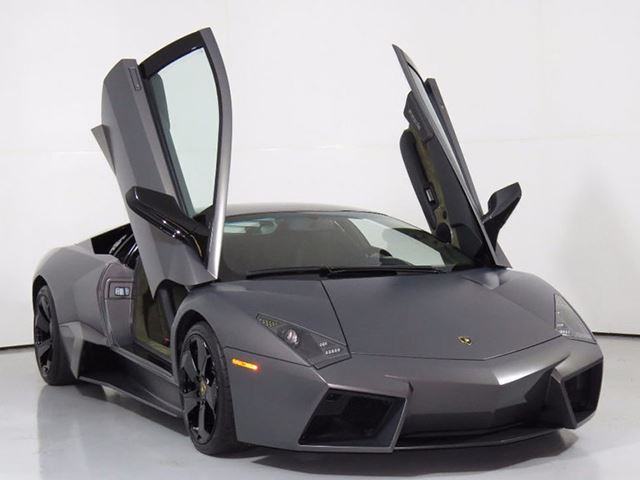
Before I get into this, a little about 3D printers. There are many, many options. Likely there are more options to purchasing 3D printers than there are different types of cars. Unlike cars where you know that what you buy will, if nothing else, drive down the road… 3D printers are all over the map. Many you have to assemble in part or in whole. They also don’t all run on gasoline (in our car analogy), some are better for certain types of material (filament) printing than others. Fortunately just like cars you can buy everything from that cheap Chinese knock-off, to the Lamborghini Reventon.
How much do you want to spend?
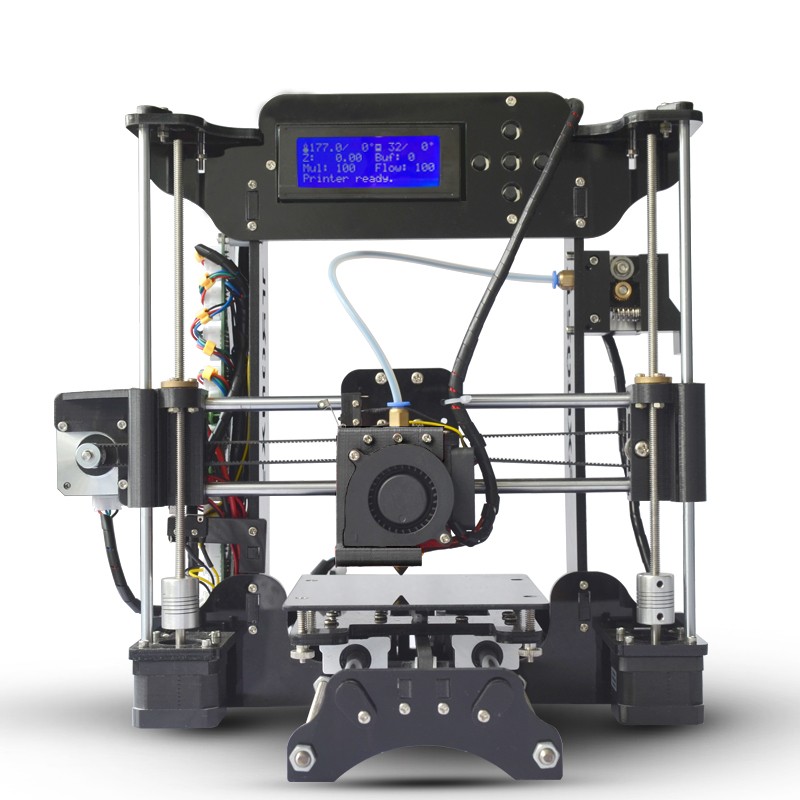
This is going to be the single biggest factor in terms of deciding what type of 3D printer you get, how much do you want to pay for it. You can find reasonable 3D printers in a half-assembled state from as little as $200. On the top end, well the sky is the limit. However for someone who’s reading this (and obviously isn’t a 3D printing expert), set your top end at no more than $1000 (That’s still a hell of a lot of printer). Unless you’re on a strict budget, it’s also good to allow some flex, sometimes a little bit of money can go a long way to a nicer printer.
In my case, I started at the $99 price point of the Ono3d (as I mentioned in the background article). Then added a couple of resin bottles to the price tag and found that I was going to spend at least $200 anyways — so I reset my price point. In the end I wasn’t stuck to any particular number but I did want to keep it on the low end for a new (to me) hobby that I wasn’t sure I was going to stick with.
What do you want to print with?
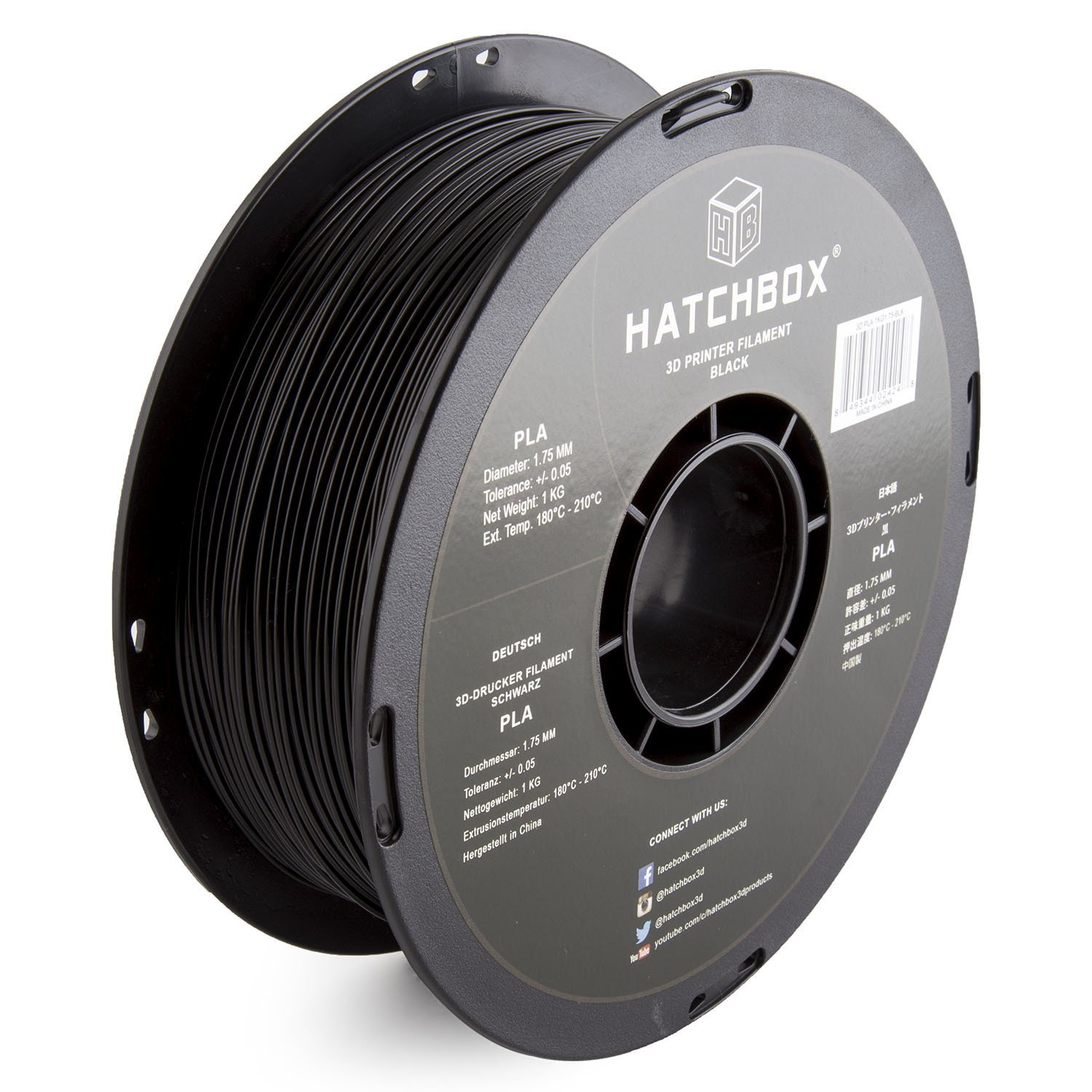
Not too long ago there were only a few common options for 3D Printer filament (which I prefer to call “Printer Juice”). The two major options were PLA and ABS. PLA is short for “Polylactic acid” and is basically made from corn (and other bio-materials), most importantly it is the single most common type of filament you’ll find (and cheap too at ~$20 for a 1 KG spool on Amazon). The second most common filament is ABS plastic which is a little more challenging to print with, but its that stuff Legos are made out of… so you know it’ll be strong.
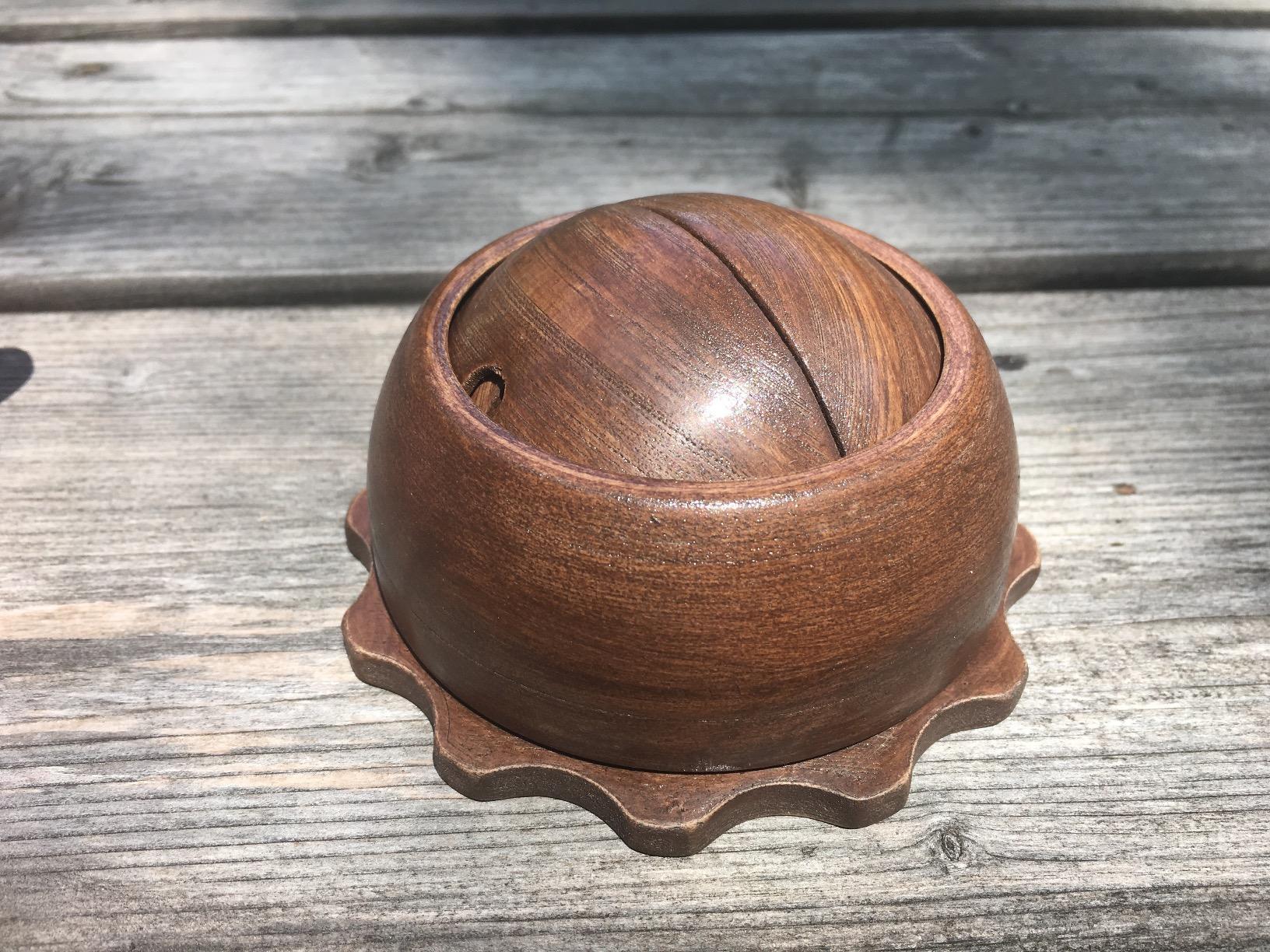
So is that all the options? LOL No. There are
30 or so types of Filament that you can easily buy today. Fortunately a lot of the options are simpler than you’d expect, such as wood, electrically conductive and glow-in-the-dark. Those (and some others) tend to be PLA (or sometimes ABS) mixed with other goodies, so they print mostly similar to how PLA prints. However you can get out there into the land of wax, carbon fiber and PETG. The farther away from PLA/ABS you get, the more likely it’s going to require both skill and specialized hardware (aka $$$).
My case? I wanted PLA and ABS. Not that I was planning on using ABS much initially, but I wanted that forward option. Anything beyond those two materials was a “bonus” to me.
Size does matter
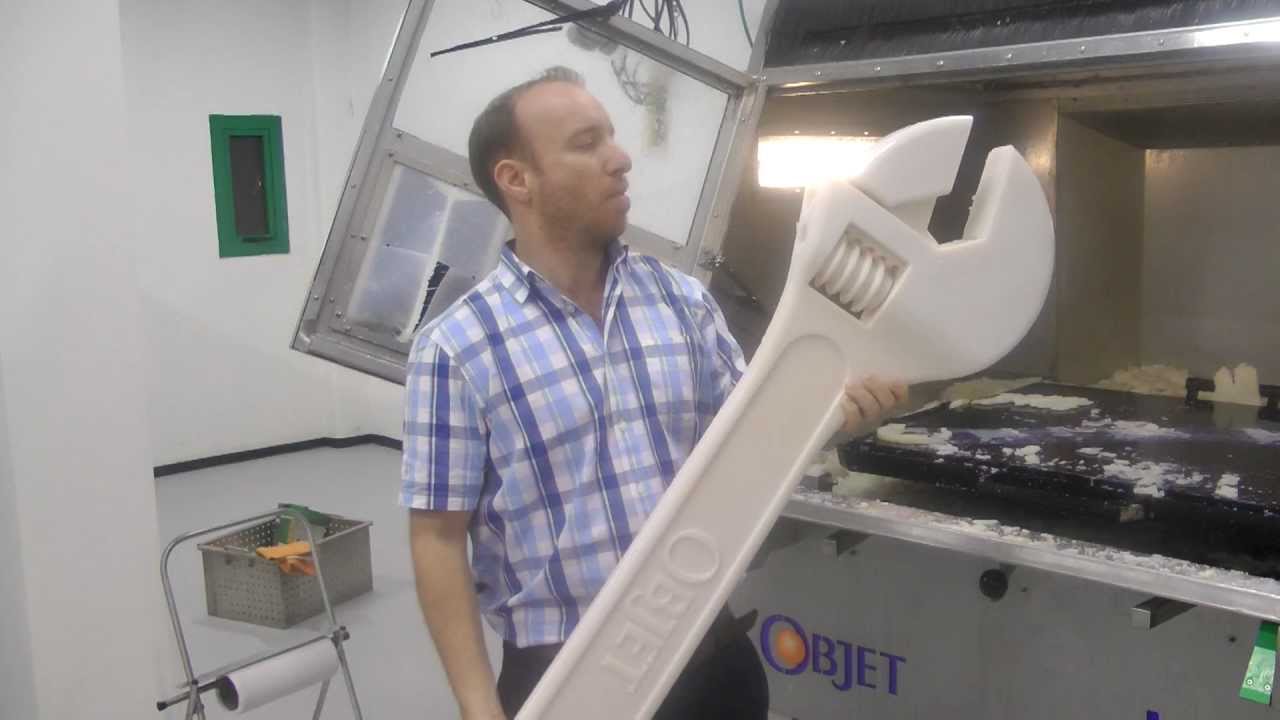
The size you care about for 3D printers is commonly referred to as “print area”. This is exactly what it sounds like, the volume of space a printer can actually print in. If you plan on printing small trinkets or models, then having a big print area doesn’t do you any good. If you want to be able to printer larger items in a single job, you need more volume. A fairly common print area is ~200 mm x 200 mm x 200 mm (or roughly 8″ on a side). Of course the bigger the print area, the bigger the printer needs to be. So think about what you want to print and make some guesstimates as to what size they might be. Your average shot glass is 50 mm diameter, coffee mug is 100 mm diameter, water bottle are 250 mm tall. Do you want to print these things? Or maybe a coaster for them? You get the idea.
My case? I thought small would be okay, but ended up settling on a printer that supported 200 mm x 200 mm x 180 mm. There are definitely models on Thingiverse I can’t print because I don’t have a HUGE print volume, but those are few and far between. Most big items can also be cut into multiple pieces (or scaled down, depending).
Resolution
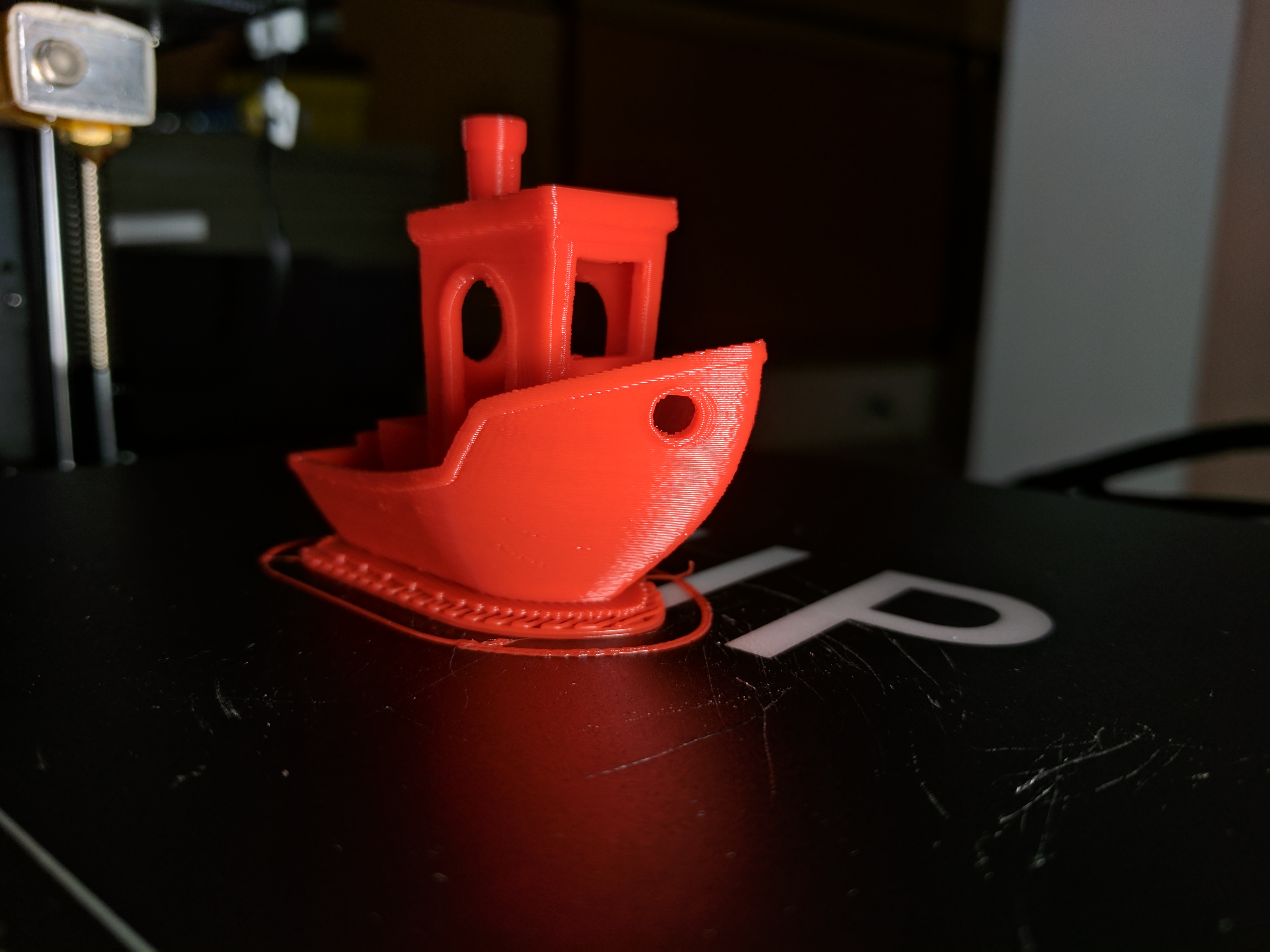
Much like your standard printer DPI, a 3D printer can print in variable levels of resolution. Of course just like a regular printer, the higher the resolution, the slower the print. What resolution you require goes back to what you want out of the printer/ Are you printing tiny figurines or other artsy pieces? You probably want a better resolution (so the print lines are less noticeable). If you are printing bigger objects / samples / arduino project boxes, you likely don’t care about the resolution. Typically 100 microns (or 0.1 mm) is where most printers will max out at. Some like the Ono3d will get as low as 42 micron (0.042 mm) and the Monoprice Ultimate 3D Printer can do 20 microns (0.02 mm).
Take a look at some various resolution samples along with some 60 micron specific samples.
My case? My printer does the very common 100 microns. However every print I’ve done so far I’ve used a “medium” quality at 200 microns (0.2 mm)
Print Speed
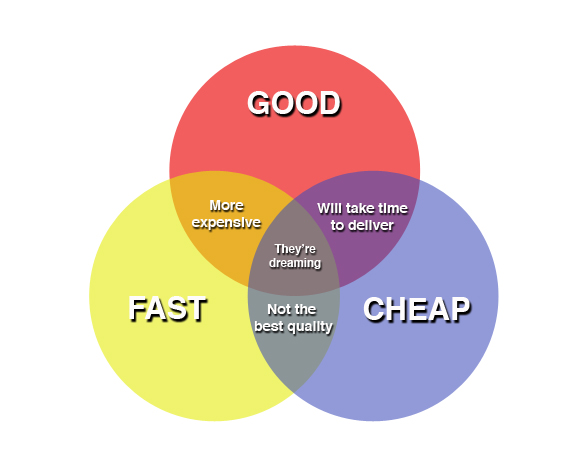
The old adage goes “Do you want it good, fast, or cheap? Pick any two”. That is no different for 3D printers. The speed of a printer is possibly one of the most variable numbers across different models and probably the least important for most people. However, this does go back to what you plan on printing. Are you going to be printing out dozens (or hundreds) of prototype parts for a project? You might want something that can spit out prints as fast as possible. Are you a normal person who just wants to press the print button and have something eventually? Then it probably doesn’t matter. Also keep in mind that as the adage goes, if you want better quality prints you’ll need to reduce the print speed (or pay for a really nice printer).
My case? My printer does 100/mm second. I can print a 200 micron 3D Benchy in about an hour. My longest print to date is 7 hours for a Google Pixel XL phone dock.
How loud is it?
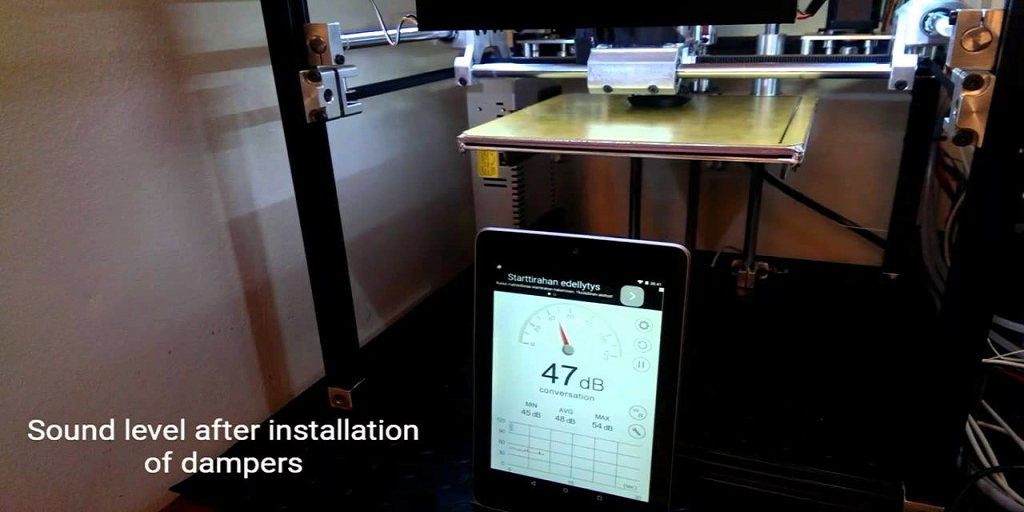
This is really annoying to decide on because manufacturers generally don’t publish noise level. You’ll have to read reviews online and watch youtube videos about the models you’re interested in to find out how much of a racket they may or may not make. Keep in mind this matters a lot more based on where you plan on putting the printer. If you have a garage or workshop space, who cares if the printer is “loud”. If you live somewhere with less space, then perhaps a quieter printer will make a big difference to you.
My case? This was actually what helped me decide between two models. I’m in an open loft/apartment in San Francisco. Anywhere I have the printer is going to be audible in the rest of the apartment, so quieter was a key to not having my fiance kill me.
Build it yourself?
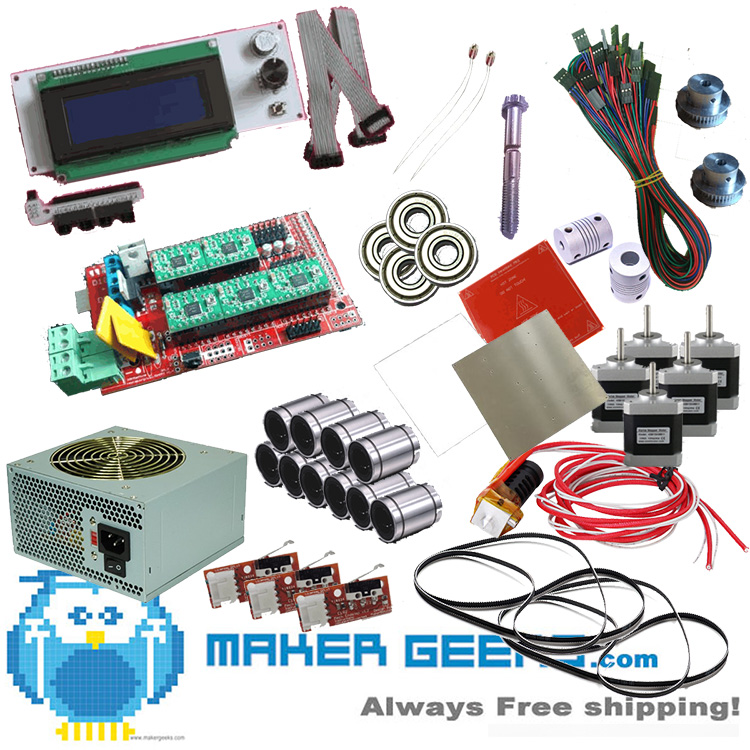
Most things we buy today as consumers are prebuilt. You don’t build your cellphone, you don’t build your laser printer, you don’t build your car. There are many 3D printer options that are no different. They are ready to go out of the box, fully calibrated and will put out great prints. Of course you pay for that “full functionality”. Many 3D printers come half-assembled and just as many come as a collection of parts for assembly. If you’re the type who loves to build and tinker (which is probably why you want to 3D print in the first place), then you can safely buy almost anything. However the more “kit” you get, the more you should expect finishing work required to get good prints. The closer to a finished product you buy, the more likely you are to get a good print right out of the gate. On the flip side, if you’re an art person who wants to 3D print your models, buy as close to pre-assembled as possible.
My case? While I love to tinker and build I didn’t know what I wanted or what a “good” print is. I ended up buying a model that came in 3 pieces and only required 6 screws to finish. Not very exciting for a builder (and I do love my Legos) but there is plenty for me to upgrade (mods) after the fact.
Is there a community?
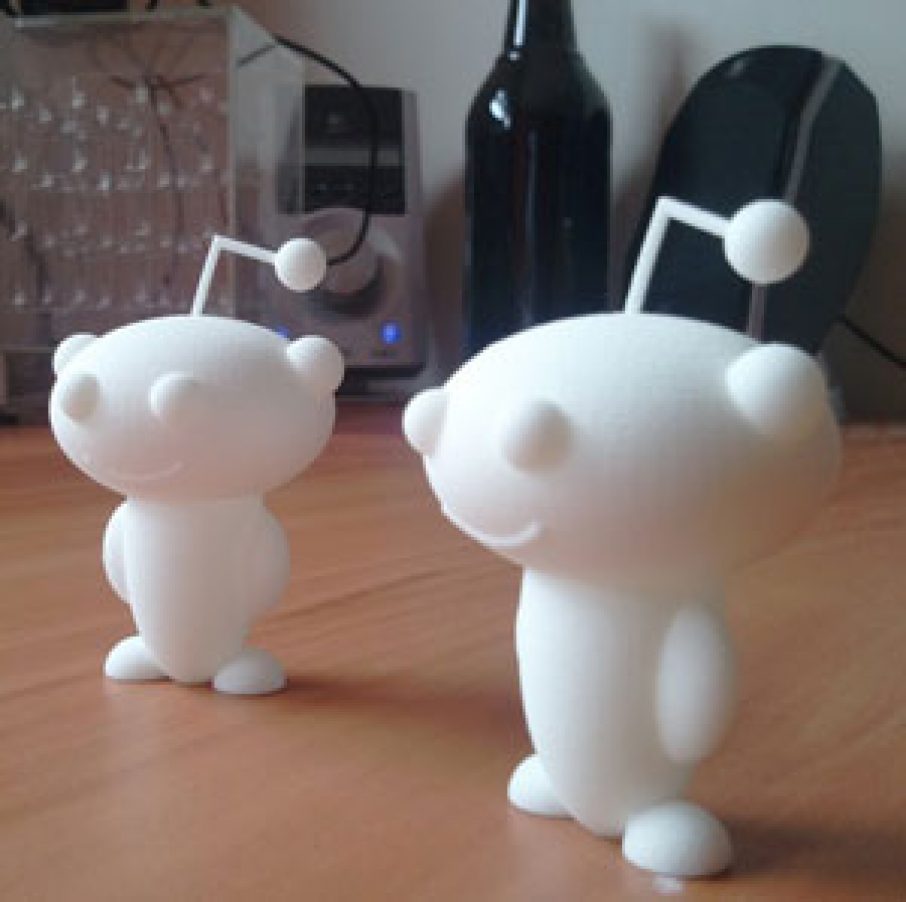
Unless you buy from one of the big names in the 3D Printing space (and spend a lot) like Prusa3D or MakerBot, 99% of your support is going to come from the internet (aka “The Community”). If you have no idea what you’re doing with a 3D printer, buy a common model. Look for mentions on reddit, or specific subreddits. Look for sites that contain lots of information about your specific model. Anything and everything specifically related to what you want. Why? Because when things go wrong, you’ll want a place to ask questions where the person answering it probably has (or had) your exact printer. Of course a majority of the printing issues have generic fixes, but sometimes those generic fixes can require specific knowledge. For example PLA prints much better if it cooled properly. Anyone on any forum might be able to look at photos of your print and tell you that your cooling isn’t good enough, however only on those more common models will you find people who can direct you to specific fixes.
My case? I didn’t find any dedicated subreddits (which is my site of preference these days), but a lot of mentions all around the net. I also found a several guides to mods for my specific model both around the net and on Thingiverse, making me comfortable that I wouldn’t have to blaze too many trails myself.
Clones? Rebrands?
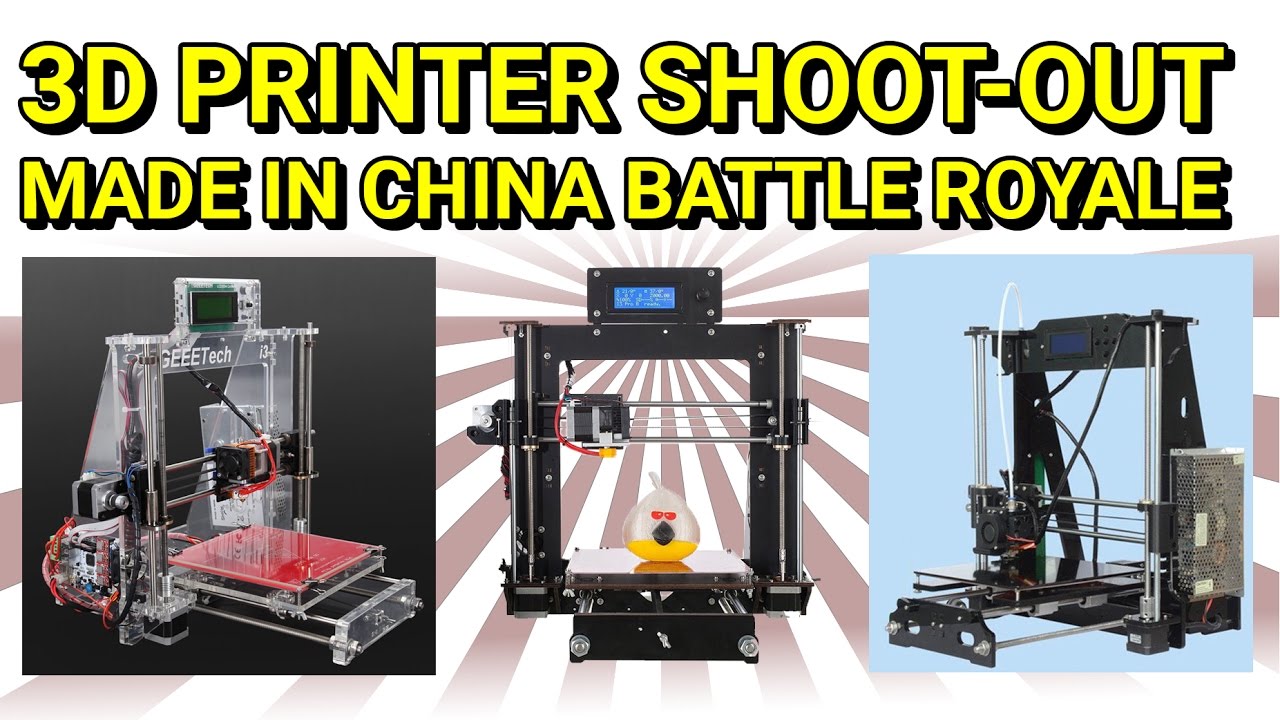
In 3D printers, there are a few high end brand names which most everyone clones. There are also some not-as-expensive brands doing their own thing which happen to work well. That being said there are many “clones” which work just fine — but you’re going to need to do a lot of reading about each specific one. For example the Prusa I3 is one of those high end names that is cloned a TON. Wanhao puts out the Duplicator I3 which, unsurprisingly, is a clone of the Prusa. However it is a good clone with overall good reviews. Oh, also, it sells as the Monoprice Maker Select in case it wasn’t confusing enough as is. Fortunately the rebrands are a relatively good thing because it means the community for your printer might be bigger than you think (you’ll just have to look a little harder)
Summary AKA What did I do?
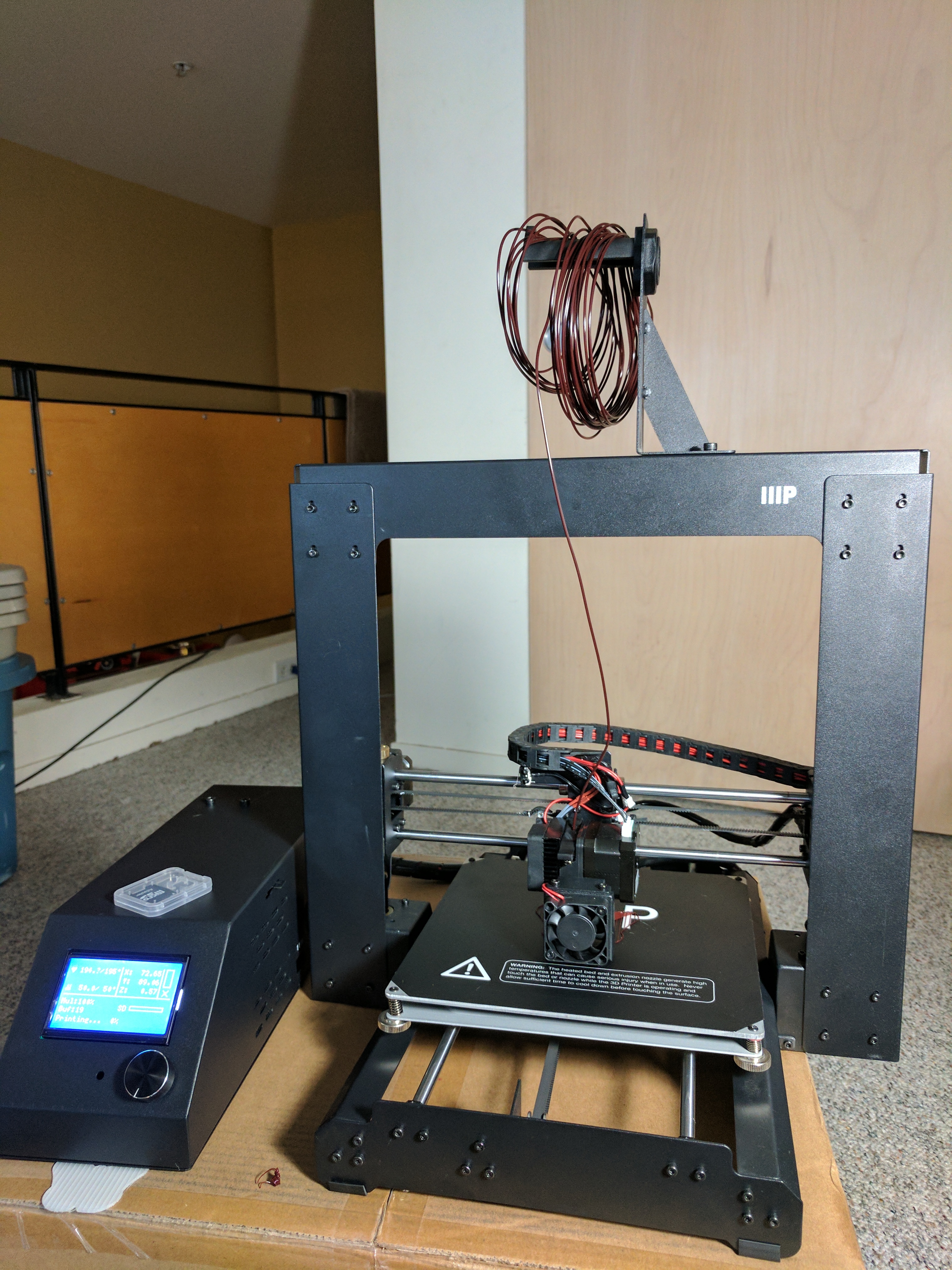
Not having read many guides to 3D printers, I stumbled my way through the above questions. Originally I was targeting the $200 price range which by random happenstance landed me on the
Monoprice Select Mini. While it had good reviews, it was unfortunately sold out. Also during my research I saw some comparison comments to its bigger cousin, the Monoprice Maker Select. The Maker Select also had good reviews but was noted to be a fair bit quieter than the Select Mini, which was a major factor for me. Honestly I didn’t look at the resolution nor the print speed because those meant very little to me. I also looked at the Maker Select Plus but was put off by the $399 price tag which was significantly more than I had originally planned. So I ended up with the Maker Select at $299 on Amazon (at the time of my purchase).
Most people who take to 3D printing seem to collect a few of the units; be it for more capabilities, fun, throughput or specialty features. So maybe the first printer you buy (like mine) won’t print exotic materials or have a dual filament extruder, but it’s getting you into the game. Once you’ve got some hands-on time, you’ll know a lot more about where you want to go and how you should invest future dollars. So buy something with good reviews and don’t regret it.
Oh, but before you do buy it, you should know there are some other newbie pitfalls… that we’ll cover next time.